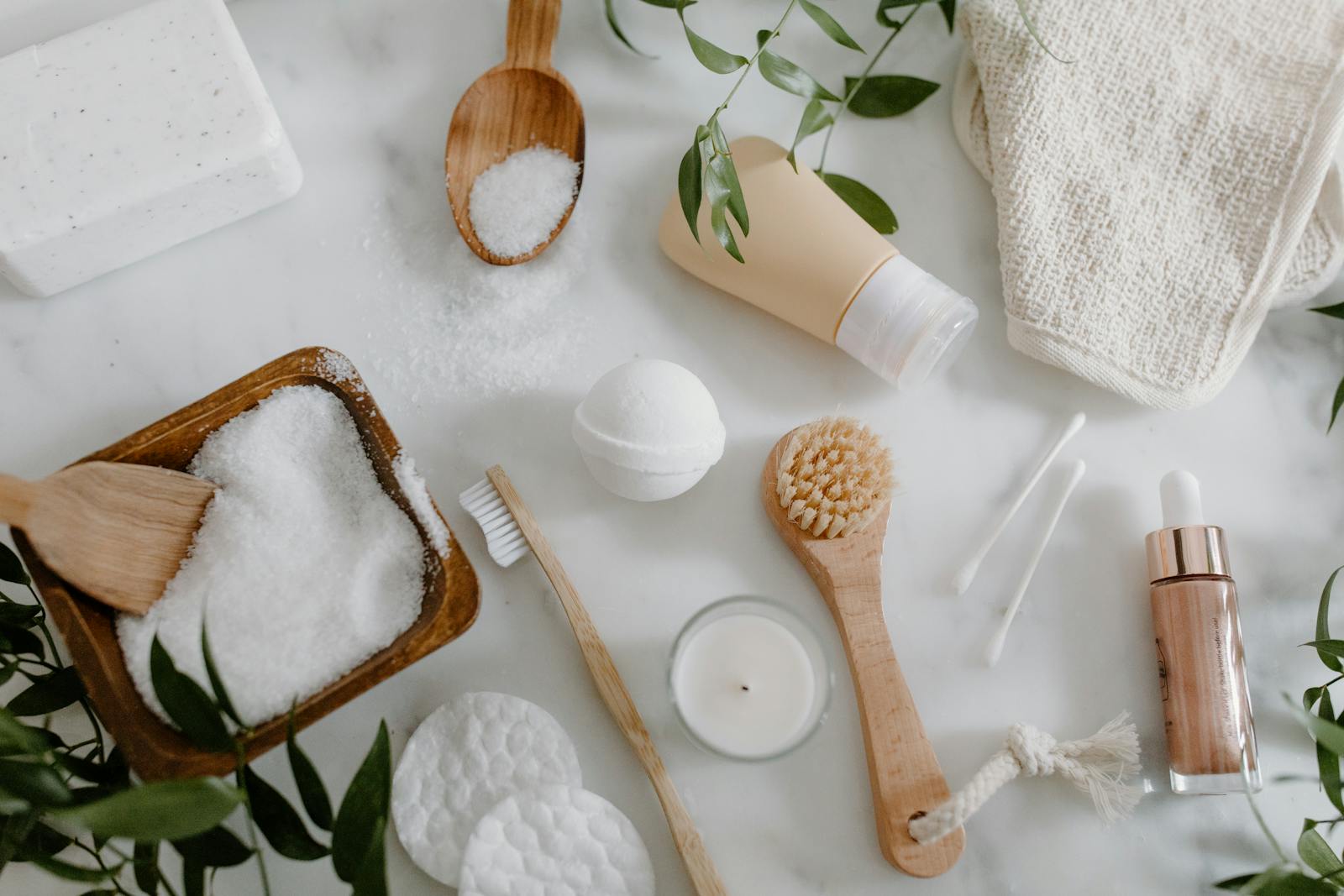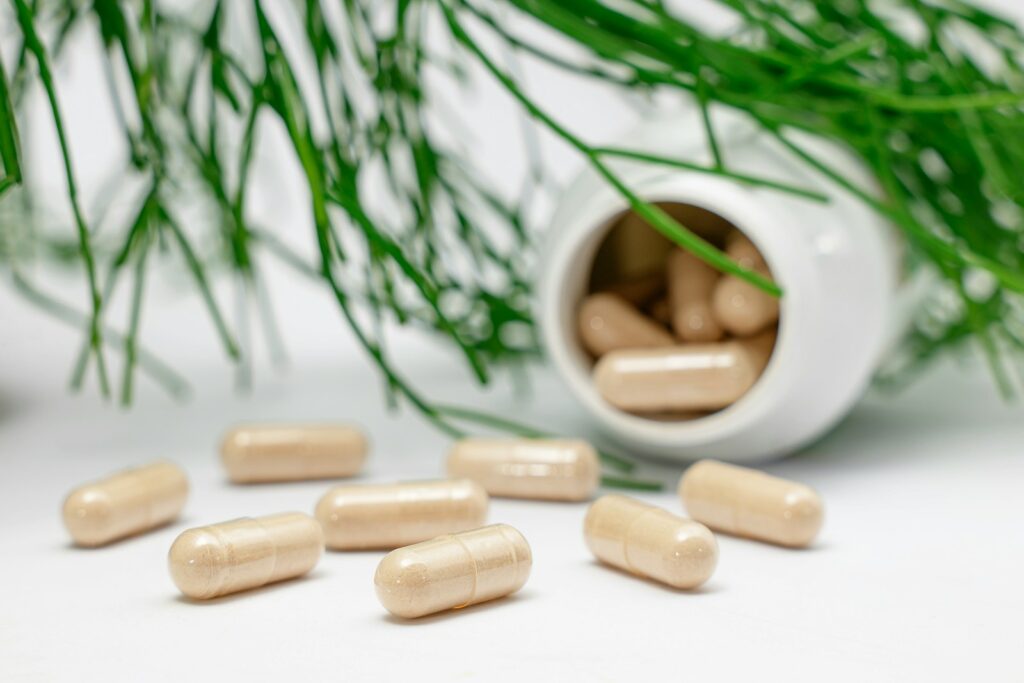The beauty world is buzzing with the term “clean beauty,” but what does it actually mean? Walk down any aisle in a store or scroll online, and you’ll see countless products with “clean,” “non-toxic,” or “natural” plastered on their labels.
Yet the definition is often unclear, leaving many consumers unsure of what they’re really buying. Clean beauty isn’t just a trend—it’s a shift in how people approach skincare, makeup, and self-care, with more focus on safety, sustainability, and transparency.
What Clean Beauty Really Means
Unlike regulated terms such as “organic” in food, there’s no official government definition for “clean” in cosmetics. Instead, the concept usually refers to products formulated without ingredients that are widely considered harmful or controversial. This often includes parabens, sulfates, phthalates, synthetic fragrances, and certain preservatives.
At its core, clean beauty emphasizes safety for both people and the planet. Brands leading the movement aim to create products that minimize health risks, avoid irritating chemicals, and offer more environmentally conscious packaging and sourcing. However, not every product labeled “clean” meets these ideals, which is why consumers need to look past the buzzword.
The Benefits of Choosing Clean Beauty
The appeal of clean beauty is closely tied to a sense of peace of mind. Many shoppers prefer knowing that the products they apply daily are free of potentially harmful chemicals. For those with sensitive skin, clean formulations can reduce irritation, breakouts, and allergic reactions.
Clean beauty also intersects with environmental awareness. By reducing the use of harsh chemicals, brands can lower their ecological footprint and focus on recyclable, biodegradable, or refillable packaging. The movement encourages consumers to consider not just how products affect their skin, but how they impact the world around them.
Common Myths About Clean Beauty
With popularity comes misinformation. One common myth is that “clean” always equals “natural.” In reality, some natural ingredients can be irritating or unsafe, while some synthetic ones are perfectly safe and even necessary to stabilize a product. Another misconception is that clean beauty guarantees better results. While many clean brands perform exceptionally, effectiveness still depends on formulation quality and how well a product suits an individual’s skin.
It’s also important to remember that “chemical-free” is a misleading phrase—everything, even water, is made up of chemicals. Clean beauty is less about eliminating all substances and more about choosing safer, more carefully vetted ones.
How to Shop Smart for Clean Beauty
Because clean beauty isn’t a regulated term, the responsibility falls on consumers to read labels and research brands. Look for ingredient transparency, where companies list everything clearly without hiding behind vague terms like “fragrance.” Third-party certifications, such as EWG Verified or Leaping Bunny, can also assure safety standards and cruelty-free claims.
Another innovative approach is to focus on your personal values and needs. If sustainability is your top priority, consider prioritizing brands with eco-friendly packaging. If skin sensitivity is your biggest concern, avoid products with heavy fragrance or known irritants. Clean beauty isn’t one-size-fits-all; it’s about aligning purchases with your health and lifestyle priorities.
The Future of Clean Beauty
As consumers become more informed, the clean beauty movement will continue to evolve. More brands are likely to adopt stricter ingredient standards, and regulatory agencies may eventually introduce more straightforward guidelines. The industry is also moving toward greater inclusivity, ensuring that clean beauty products are effective across all skin tones and types.
Ultimately, clean beauty represents a shift toward conscious consumption. It’s not just about what goes into the bottle, but the story behind it—where ingredients come from, how they’re produced, and the values that drive the brand. That transparency and responsibility are what make clean beauty more than just a fad.




